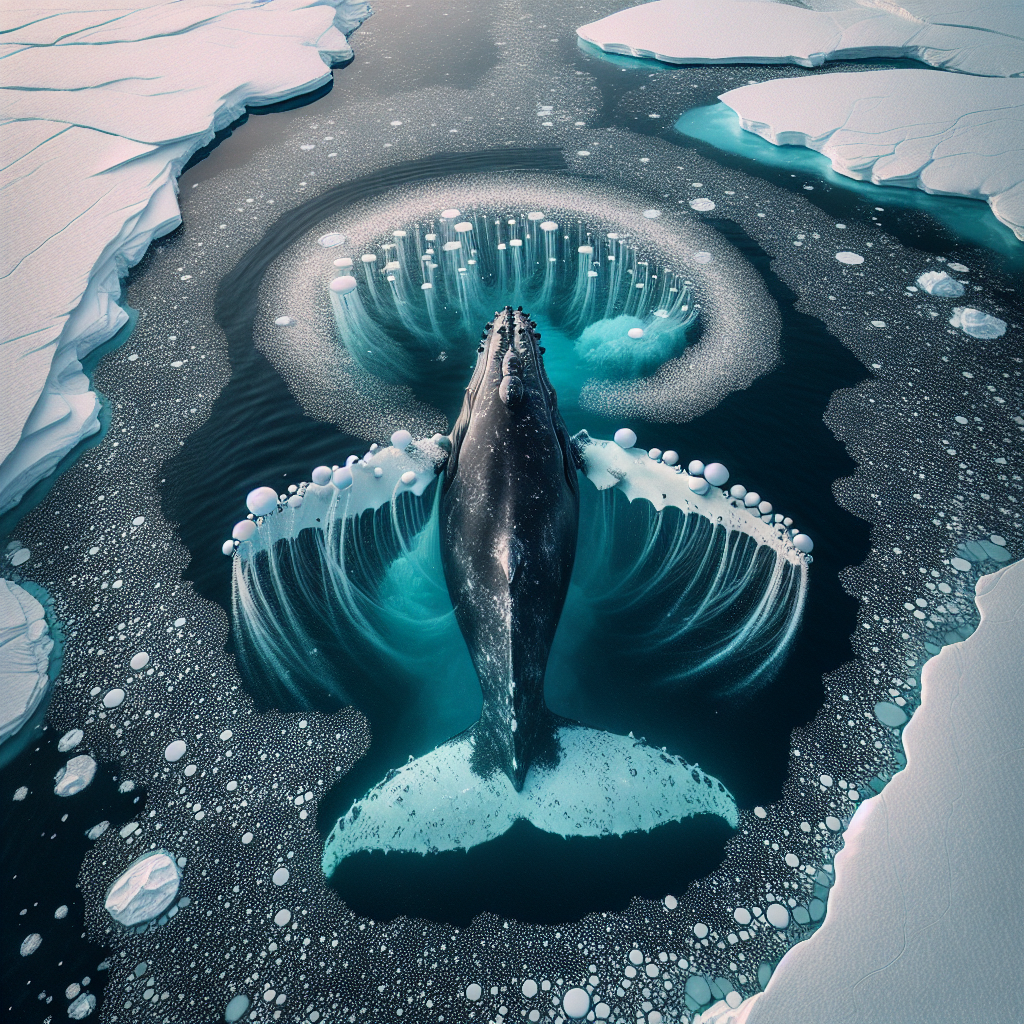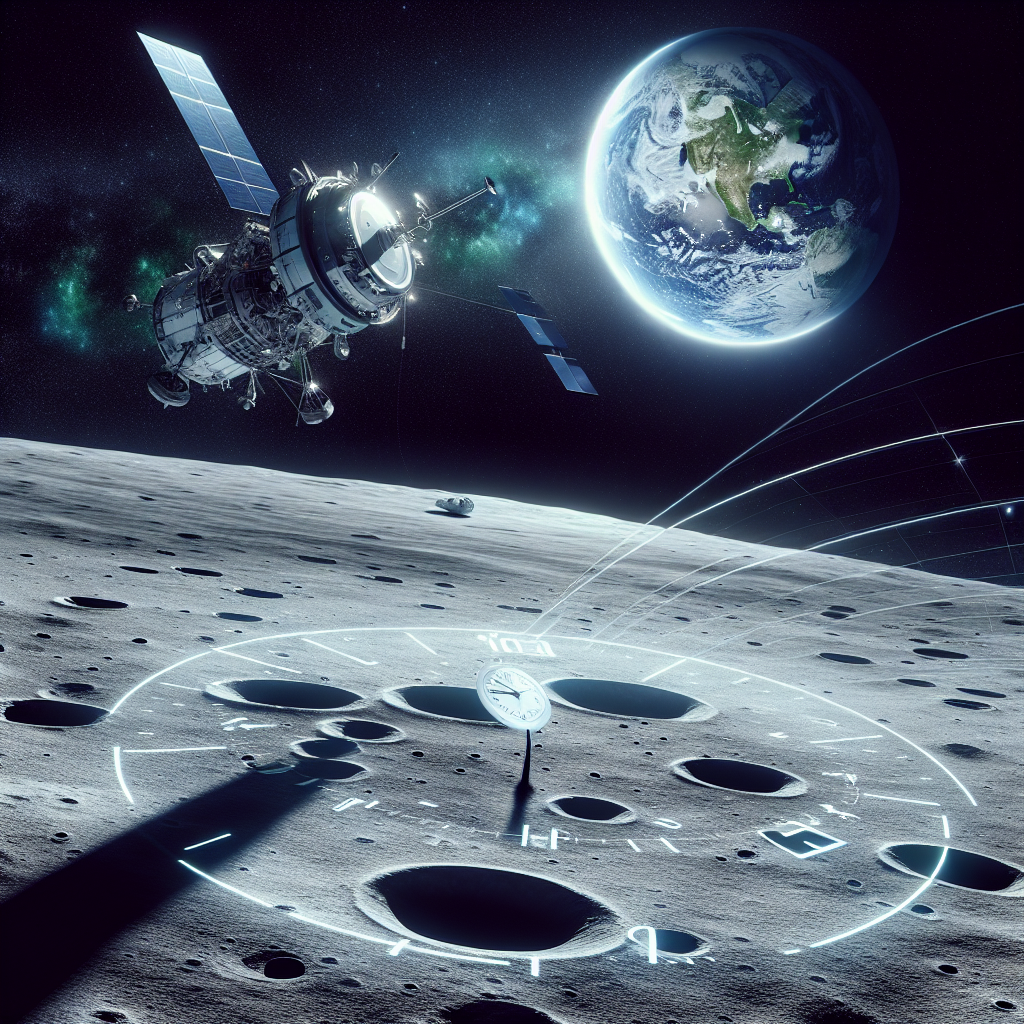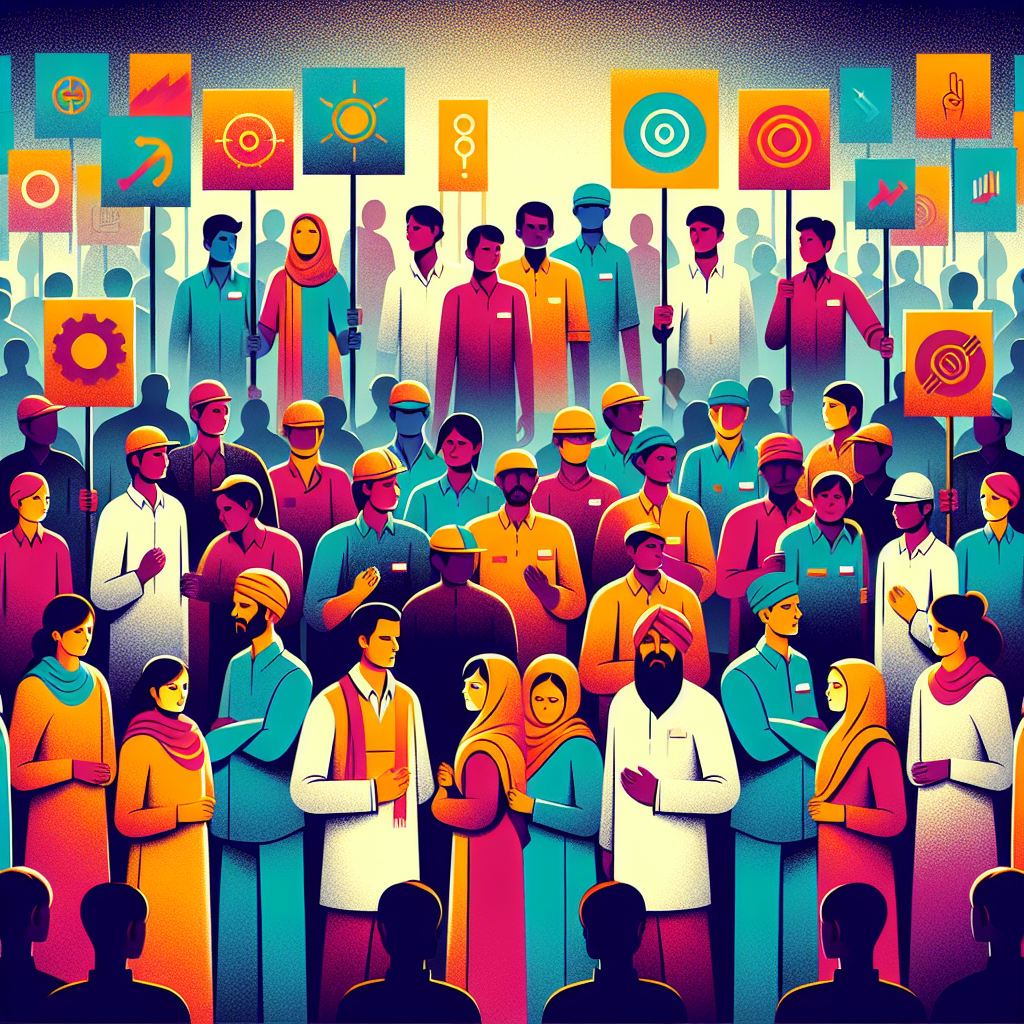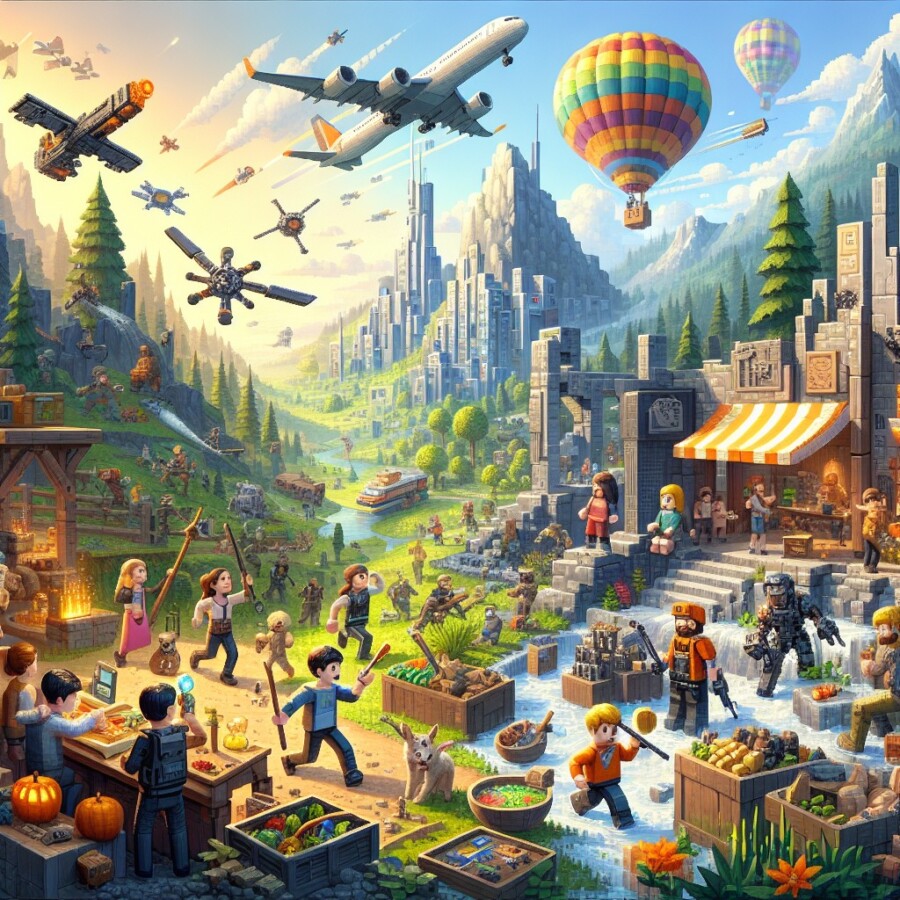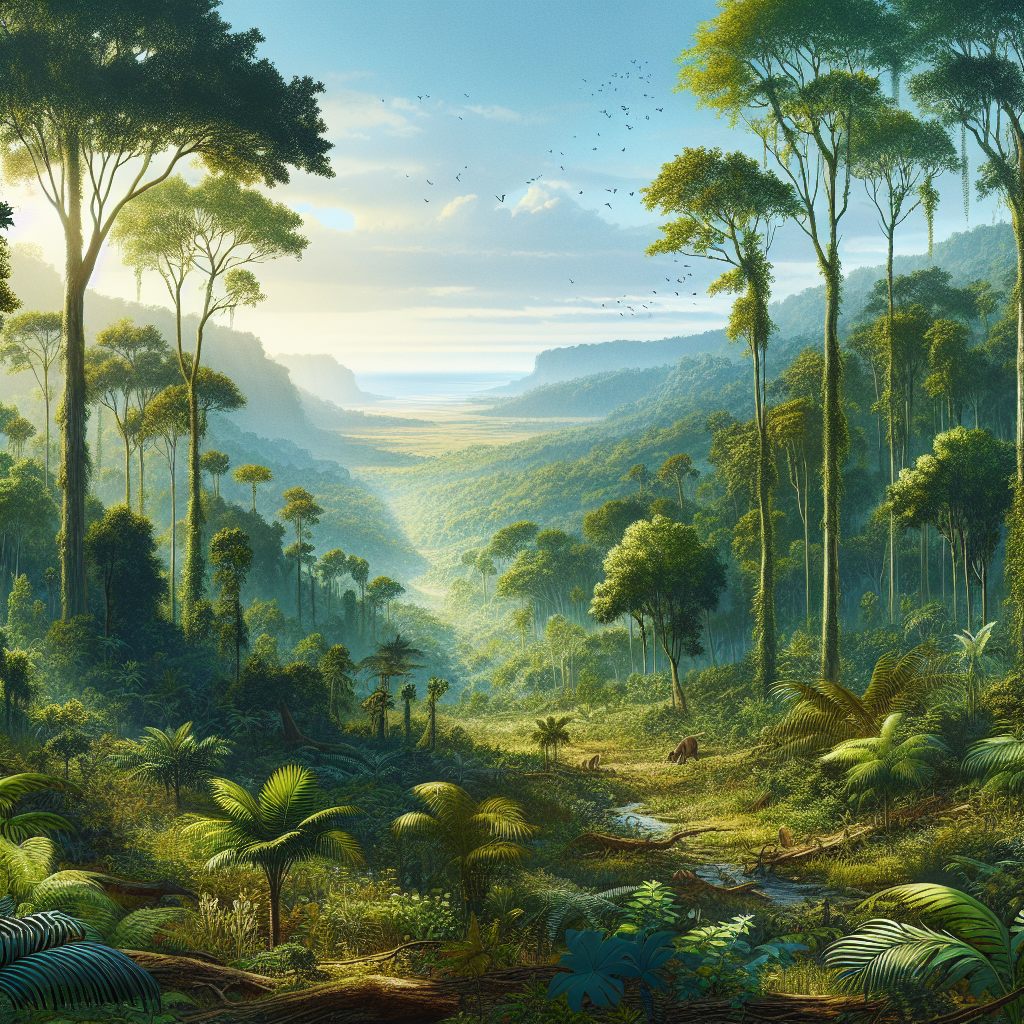Drones have taken videos of humpback whales in Antarctica, showing how they catch food. One whale uses its big fin to make bubbles and trap fish, a trick called “bubble-netting.” Humpback whales are very good at moving their bodies because of their big tails and flippers. Drones help scientists see these whale actions up close.
Drones also help scientists see how whale numbers are growing in places where they were almost gone. Scientists from the British Antarctic Survey used drones to watch whales in South Georgia, a place where many whales were hunted. They saw a mother and baby southern right whale, showing that whale numbers are getting better. They also saw the biggest whales, Antarctic blue whales, feeding in the same area.
Drones help scientists measure whale sizes too. Some whales are getting smaller because climate change is affecting their food. For example, gray whales near the Pacific Northwest are now 13% smaller than 20 years ago. This could mean the whales are not healthy. Drones are important tools for learning about whales and the problems they face.
Original news source: Drones reveal Antarctic whale ‘acrobatics’ (BBC)
🎧 Listen:
Slow
Normal
Fast
📖 Vocabulary:
| 1 | drones | Small flying machines that can take pictures or videos |
| 2 | humpback | A type of large whale with a hump on its back |
| 3 | Antarctica | The coldest place on Earth, at the South Pole |
| 4 | bubble-netting | A way whales catch fish by making bubbles |
| 5 | flippers | The flat parts on the sides of a whale that help it swim |
| 6 | scientists | People who study and learn about things in nature |
| 7 | survey | A study to find out more about something |
| 8 | southern | Related to the direction opposite of north |
| 9 | climate | The usual weather in a place over a long time |
| 10 | measure | To find out the size or amount of something |
| 11 | Pacific | The ocean area near the western coast of North America |
| 12 | tools | Things used to do a job or activity |
Group or Classroom Activities
Warm-up Activities:
– Charades
Instructions: Divide the class into two teams. One student from each team will come to the front of the class and act out a word or phrase related to the article using only gestures and body language. The team members must guess what the word or phrase is within a certain time limit. The team that guesses correctly earns a point.
– News Summary
Instructions: In pairs, students will take turns summarizing the main points of the article to their partner. They should try to include as much information as possible in a limited amount of time (e.g. 1 minute). After both students have had a chance to summarize, they can compare their summaries and discuss any differences or missing details.
– Opinion Poll
Instructions: Create a list of questions related to the article and have students answer them individually. Questions could include: “Do you think using drones to study whales is a good idea? Why or why not?” or “Do you think climate change is a serious problem for whale populations? Why or why not?” After students have answered the questions, they can share their opinions in small groups or as a whole class discussion.
– Vocabulary Pictionary
Instructions: Write a list of key vocabulary words from the article on the board. Divide the class into small groups and give each group a piece of paper and a pen. One student from each group will choose a word from the list and draw a picture to represent that word. The rest of the group members must guess what the word is based on the drawing. The group that guesses correctly earns a point.
– Future Predictions
Instructions: In pairs, students will take turns making predictions about the future of whale populations based on the information in the article. They can discuss questions such as: “Do you think whale numbers will continue to grow in places where they were almost gone? Why or why not?” or “What do you think will happen to whale sizes in the future due to climate change?” After both students have made their predictions, they can compare their ideas and discuss their reasoning.
🤔 Comprehension Questions:
1. What do drones help scientists do in Antarctica?
2. How do humpback whales catch fish?
3. Where did scientists use drones to watch whales?
4. What kind of whale did the scientists see in South Georgia?
5. What are drones used for to measure whale sizes?
6. Why are some whales getting smaller?
7. Why are drones important for learning about whales?
Go to answers ⇩
🎧✍️ Listen and Fill in the Gaps:
Drones have taken videos of humpback whales in Antarctica, (1)______ how they catch food. One whale uses its big fin to make bubbles and trap fish, a trick called “bubble-netting.” (2)______ whales are very (3)______ at moving their bodies because of their big tails and flippers. Drones help scientists see these whale actions up close.
Drones also help scientists see how whale (4)______ are growing in places where they were almost gone. Scientists from the British Antarctic Survey used (5)______ to (6)______ whales in South Georgia, a place where many (7)______ were hunted. They saw a mother and (8)______ southern right whale, showing that whale numbers are getting better. They also saw the biggest whales, Antarctic blue whales, feeding in the same area.
Drones (9)______ scientists measure whale sizes too. Some whales are getting smaller because climate change is (10)______ their food. For example, gray whales near the Pacific (11)______ are now 13% smaller than 20 years ago. This could mean the whales are not healthy. (12)______ are important tools for learning about whales and the problems they face.
Go to answers ⇩
💬 Discussion Questions:
Students can ask a partner these questions, or discuss them as a group.
1. What is a drone and how does it help scientists study whales?
2. How do humpback whales catch their food? Do you think it’s a clever trick?
3. How do drones help scientists see whale actions up close? Why is this important?
4. What did scientists from the British Antarctic Survey see when they used drones in South Georgia?
5. Do you think it’s good news that whale numbers are getting better in South Georgia? Why or why not?
6. What is the biggest whale called? Where did scientists see them feeding?
7. How can drones help scientists measure whale sizes? Why is this important?
8. What is happening to some whales because of climate change? How does this affect their health?
9. Do you think it’s a problem that gray whales near the Pacific Northwest are getting smaller? Why or why not?
10. Why are drones important tools for learning about whales and the problems they face?
11. Have you ever seen a whale in real life? How did it make you feel?
12. If you could use a drone to study any animal, which animal would you choose and why?
Individual Activities
📖💭 Vocabulary Meanings:
Match each word to its meaning.
Words:
1. drones
2. humpback
3. Antarctica
4. bubble-netting
5. flippers
6. scientists
7. survey
8. southern
9. climate
10. measure
11. Pacific
12. tools
Meanings:
(A) The flat parts on the sides of a whale that help it swim
(B) A type of large whale with a hump on its back
(C) The coldest place on Earth, at the South Pole
(D) Small flying machines that can take pictures or videos
(E) People who study and learn about things in nature
(F) The usual weather in a place over a long time
(G) A study to find out more about something
(H) To find out the size or amount of something
(I) The ocean area near the western coast of North America
(J) Things used to do a job or activity
(K) Related to the direction opposite of north
(L) A way whales catch fish by making bubbles
Go to answers ⇩
🔡 Multiple Choice Questions:
1. How do drones help scientists study humpback whales in Antarctica?
(a) They scare away the whales and disrupt their natural behavior.
(b) They make it difficult for scientists to see the whales up close.
(c) They capture videos of the whales and their feeding techniques.
(d) They prevent the whales from catching food.
2. What is the trick called when a humpback whale uses its big fin to make bubbles and trap fish?
(a) Tail-flipping
(b) Body-moving
(c) Fin-catching
(d) Bubble-netting
3. Where did scientists from the British Antarctic Survey use drones to study whale numbers?
(a) Antarctica
(b) Pacific Northwest
(c) The British Isles
(d) South Georgia
4. What did the scientists see when they used drones to watch whales in South Georgia?
(a) A mother and baby southern right whale
(b) A group of humpback whales bubble-netting
(c) A pod of killer whales hunting
(d) A school of fish swimming
5. What did the scientists discover about whale numbers in South Georgia?
(a) They are growing in places where they were almost gone.
(b) They are decreasing rapidly due to hunting.
(c) They are staying the same and not changing.
(d) They are migrating to warmer waters.
6. What type of whales did the scientists see feeding in the same area as the mother and baby southern right whale?
(a) Humpback whales
(b) Antarctic blue whales
(c) Gray whales
(d) Killer whales
7. How do drones help scientists measure whale sizes?
(a) By scaring the whales and making them swim away.
(b) By capturing videos and photographs of the whales.
(c) By studying the whales’ feeding techniques.
(d) By using special equipment to weigh the whales.
8. Why are some whales getting smaller?
(a) Because they are not eating enough.
(b) Because they are getting older.
(c) Because climate change is affecting their food.
(d) Because they are migrating to different areas.
Go to answers ⇩
🕵️ True or False Questions:
1. Scientists have not used drones to monitor the growth of whale populations in areas where they were once scarce.
2. In South Georgia, a place where many whales were hunted, scientists observed a mother and baby southern right whale, indicating an improvement in whale numbers.
3. Humpback whales are unskilled at moving their bodies because of their large tails and flippers.
4. The use of drones also allowed scientists to witness Antarctic blue whales, the largest whales, feeding in the same area.
5. Some whale species, like gray whales near the Pacific Northwest, have become 13% smaller over the past 20 years, possibly due to climate change affecting their food.
6. Drones play a crucial role in studying whales and understanding the challenges they face.
7. Drones are not helpful in measuring the sizes of whales, which can provide insights into the impact of climate change on their food sources.
8. Drones have not been used to film humpback whales in Antarctica and capture their feeding behaviors.
Go to answers ⇩
📝 Write a Summary:
Write a summary of this news article in two sentences.
Check your writing now with the best free AI for English writing!
Writing Questions:
Answer the following questions. Write as much as you can for each answer.
Check your answers with our free English writing assistant!
1. What do drones help scientists see about humpback whales in Antarctica?
2. How do humpback whales catch fish using a trick called “bubble-netting”?
3. Where did scientists use drones to watch whales and what did they discover?
4. How do drones help scientists measure whale sizes?
5. Why are some whales getting smaller and what does this mean for their health?
✅ Answers
🤔✅ Comprehension Question Answers:
1. What do drones help scientists do in Antarctica?
Drones help scientists observe and study humpback whales in Antarctica.
2. How do humpback whales catch fish?
Humpback whales use their big fin to make bubbles and trap fish, a trick called “bubble-netting.”
3. Where did scientists use drones to watch whales?
Scientists used drones to watch whales in South Georgia, a place where many whales were hunted.
4. What kind of whale did the scientists see in South Georgia?
The scientists saw a mother and baby southern right whale in South Georgia.
5. What are drones used for to measure whale sizes?
Drones are used to measure the sizes of whales.
6. Why are some whales getting smaller?
Some whales are getting smaller because climate change is affecting their food, which can make them less healthy.
7. Why are drones important for learning about whales?
Drones are important for learning about whales because they allow scientists to observe whale behaviors up close and study whale populations in areas where they were once scarce.
Go back to questions ⇧
🎧✍️✅ Listen and Fill in the Gaps Answers:
(1) showing
(2) Humpback
(3) good
(4) numbers
(5) drones
(6) watch
(7) whales
(8) baby
(9) help
(10) affecting
(11) Northwest
(12) Drones
Go back to questions ⇧
📖💭✅ Vocabulary Meanings Answers:
1. drones
Answer: (D) Small flying machines that can take pictures or videos
2. humpback
Answer: (B) A type of large whale with a hump on its back
3. Antarctica
Answer: (C) The coldest place on Earth, at the South Pole
4. bubble-netting
Answer: (L) A way whales catch fish by making bubbles
5. flippers
Answer: (A) The flat parts on the sides of a whale that help it swim
6. scientists
Answer: (E) People who study and learn about things in nature
7. survey
Answer: (G) A study to find out more about something
8. southern
Answer: (K) Related to the direction opposite of north
9. climate
Answer: (F) The usual weather in a place over a long time
10. measure
Answer: (H) To find out the size or amount of something
11. Pacific
Answer: (I) The ocean area near the western coast of North America
12. tools
Answer: (J) Things used to do a job or activity
Go back to questions ⇧
🔡✅ Multiple Choice Answers:
1. How do drones help scientists study humpback whales in Antarctica?
Answer: (c) They capture videos of the whales and their feeding techniques.
2. What is the trick called when a humpback whale uses its big fin to make bubbles and trap fish?
Answer: (d) Bubble-netting
3. Where did scientists from the British Antarctic Survey use drones to study whale numbers?
Answer: (d) South Georgia
4. What did the scientists see when they used drones to watch whales in South Georgia?
Answer: (a) A mother and baby southern right whale
5. What did the scientists discover about whale numbers in South Georgia?
Answer: (a) They are growing in places where they were almost gone.
6. What type of whales did the scientists see feeding in the same area as the mother and baby southern right whale?
Answer: (b) Antarctic blue whales
7. How do drones help scientists measure whale sizes?
Answer: (b) By capturing videos and photographs of the whales.
8. Why are some whales getting smaller?
Answer: (c) Because climate change is affecting their food.
Go back to questions ⇧
🕵️✅ True or False Answers:
1. Scientists have not used drones to monitor the growth of whale populations in areas where they were once scarce. (Answer: False)
2. In South Georgia, a place where many whales were hunted, scientists observed a mother and baby southern right whale, indicating an improvement in whale numbers. (Answer: True)
3. Humpback whales are unskilled at moving their bodies because of their large tails and flippers. (Answer: False)
4. The use of drones also allowed scientists to witness Antarctic blue whales, the largest whales, feeding in the same area. (Answer: True)
5. Some whale species, like gray whales near the Pacific Northwest, have become 13% smaller over the past 20 years, possibly due to climate change affecting their food. (Answer: True)
6. Drones play a crucial role in studying whales and understanding the challenges they face. (Answer: True)
7. Drones are not helpful in measuring the sizes of whales, which can provide insights into the impact of climate change on their food sources. (Answer: False)
8. Drones have not been used to film humpback whales in Antarctica and capture their feeding behaviors. (Answer: False)
Go back to questions ⇧



